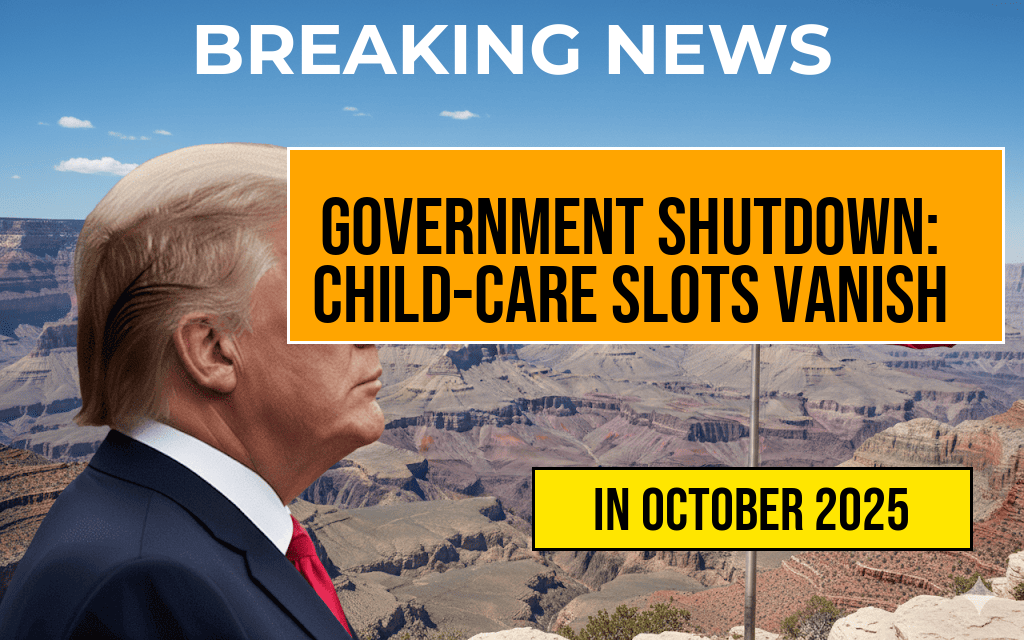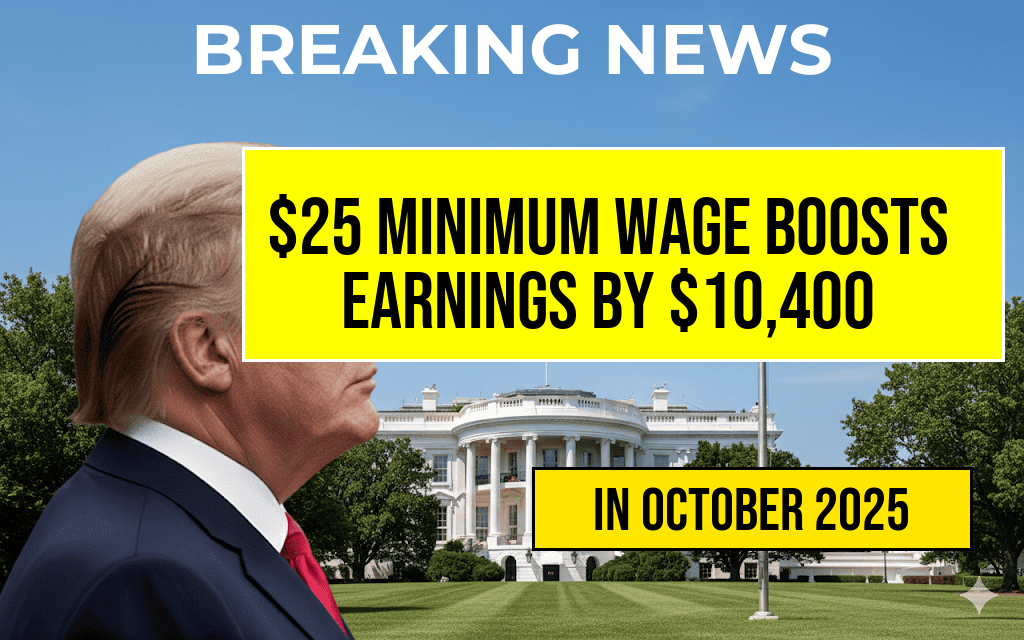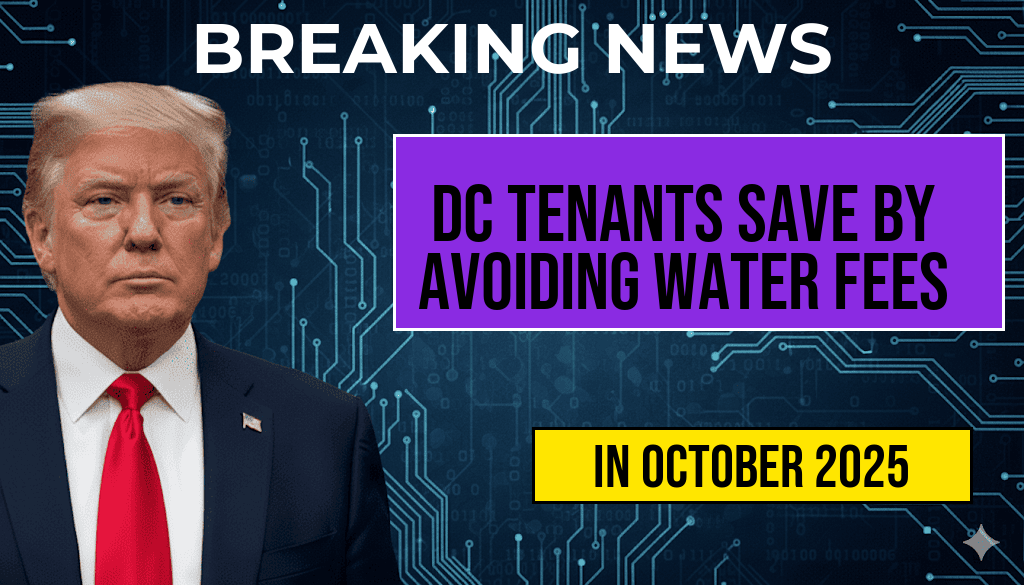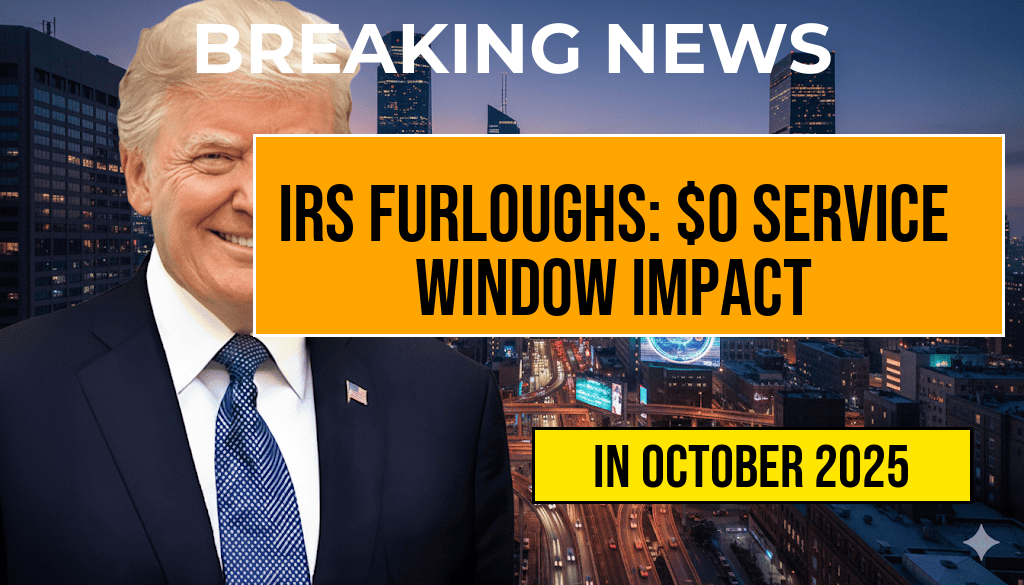A proposed increase to a $25 minimum wage at major employers could significantly boost the annual earnings of full-time workers by approximately $10,400. This change, aimed at addressing rising living costs and income inequality, has garnered attention from both advocates and critics. Proponents argue that a higher minimum wage is essential for workers struggling to make ends meet, particularly in urban areas where the cost of living continues to escalate. Meanwhile, opponents express concerns about potential job losses and increased operational costs for businesses. As the debate intensifies, legislators and economic analysts are closely monitoring the potential impacts of this wage increase on both workers and the broader economy.
Understanding the Proposal
The initiative to implement a $25 minimum wage primarily targets large corporations, recognizing their substantial profit margins compared to smaller businesses. This strategy aims to ensure that employees receive fair compensation that reflects the rising cost of living across the nation.
Economic Implications
According to recent studies, increasing the minimum wage to $25 could elevate the annual earnings of full-time workers from around $35,000 to nearly $45,400. This significant rise would provide a much-needed financial cushion for many households, enabling them to better manage expenses such as housing, healthcare, and education.
- Promotes economic stability for low-income families
- Reduces reliance on government assistance programs
- Encourages consumer spending, which could spur economic growth
Potential Benefits for Workers
The increase in wages could have numerous benefits for low-wage workers, especially in metropolitan areas where living costs are disproportionately high. The following are key advantages associated with the proposed wage hike:
- Improved Quality of Life: With increased earnings, workers can afford better housing, nutrition, and healthcare.
- Enhanced Job Retention: Higher wages may lead to lower turnover rates, saving employers recruitment and training costs.
- Economic Mobility: A higher minimum wage could provide a pathway for low-income workers to invest in education and skills development.
Opposition and Concerns
Despite the potential benefits, the proposal has faced significant pushback from various sectors, particularly small business owners and some economists. Critics argue that a $25 minimum wage could lead to:
- Job Losses: Many small businesses may struggle to afford the increased labor costs, potentially resulting in layoffs or reduced hiring.
- Inflationary Pressures: Businesses might pass on the increased costs to consumers, leading to higher prices for goods and services.
- Regional Disparities: The wage hike may disproportionately affect rural areas where the cost of living is lower than in urban centers.
Case Studies and Historical Context
Examining past implementations of minimum wage increases provides valuable insights into the potential outcomes of a $25 wage. For instance, studies from places like Seattle and San Francisco, which have enacted substantial minimum wage hikes, indicate mixed results. While some workers benefited from increased pay, others experienced job loss or reduced hours.
Legislative Landscape
As discussions around the $25 minimum wage gain traction, several states and municipalities are contemplating similar measures. Advocacy groups are rallying support, emphasizing the need for legislative action to support low-income workers. URL: Forbes Business Council
Looking Ahead
The future of the proposed $25 minimum wage remains uncertain as lawmakers weigh the economic implications. As debates continue, the voices of workers, business owners, and economists will play a crucial role in shaping the outcome. Stakeholders are encouraged to consider the balance between fair wages and the sustainability of businesses in the face of rising labor costs.
For further reading on the effects of minimum wage increases, visit Wikipedia or explore recent analysis by the Economic Policy Institute at EPI.
Frequently Asked Questions
What is the proposed minimum wage increase to $25?
The proposed minimum wage increase to $25 aims to enhance the earnings of full-time workers at major employers, potentially improving their financial stability and quality of life.
How much could full-time workers earn annually with this increase?
If implemented, the $25 minimum wage could increase the annual earnings of full-time workers by approximately $10,400, significantly impacting their overall income.
Which employers are likely to be affected by the $25 minimum wage?
The $25 minimum wage is expected to primarily affect major employers, including large corporations and businesses with substantial workforces, which are often in a position to implement such changes.
What are the potential benefits of raising the minimum wage to $25?
Raising the minimum wage to $25 could lead to various benefits, including increased purchasing power for workers, reduced poverty rates, and improved employee morale and productivity.
Are there any concerns regarding the $25 minimum wage proposal?
Some concerns regarding the $25 minimum wage proposal include potential job losses, increased costs for businesses, and the impact on inflation, which could affect the overall economy.













